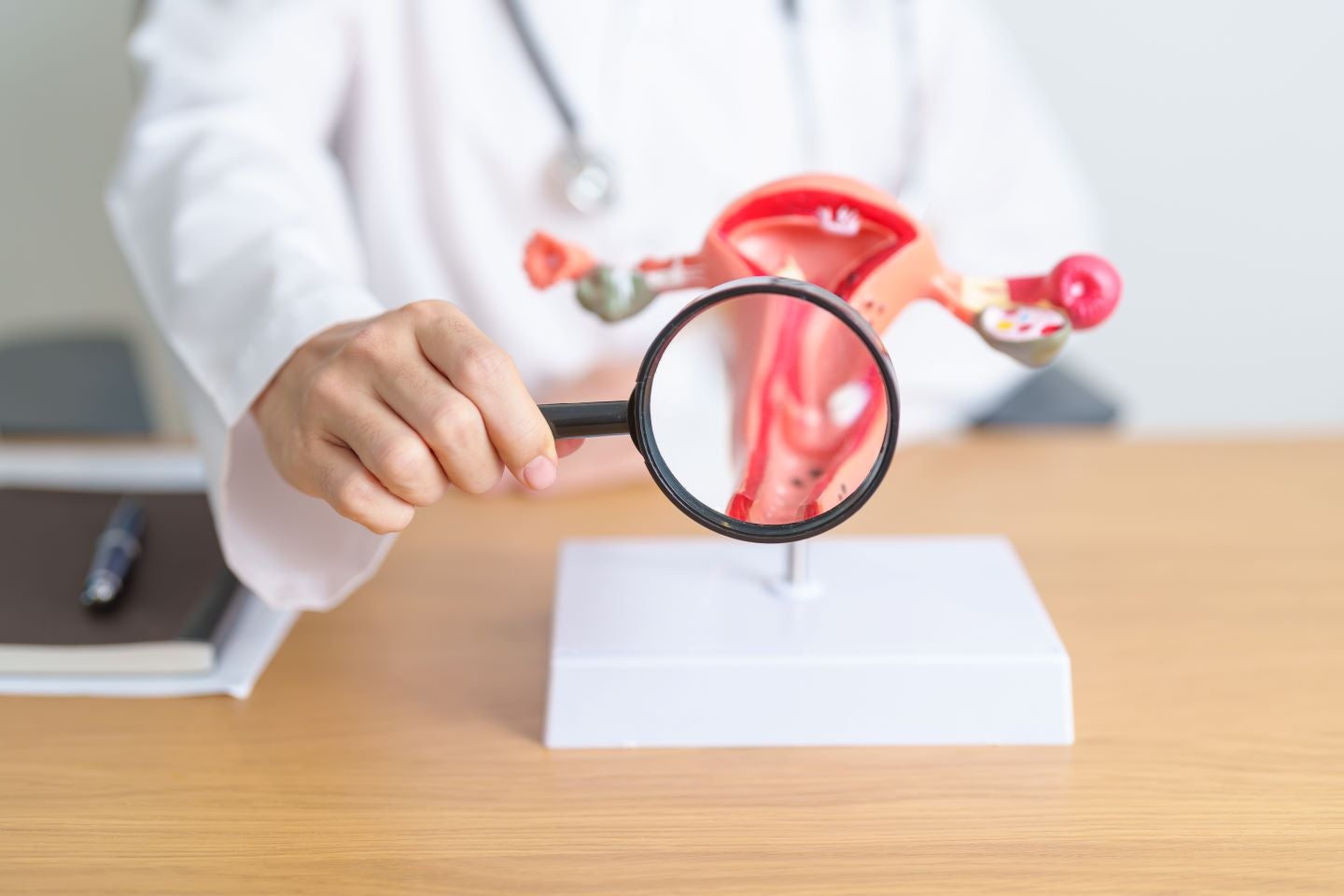Managing Endometriosis: A Holistic Approach to Living Well

Table of Contents
- Introduction to Endometriosis
- Symptoms and Diagnosis
- Lifestyle Changes and Their Impact
- Dietary Strategies for Endometriosis
- The Role of Physical Activity
- Mental Health and Emotional Well-Being
- Medical Treatments and Interventions
- Building a Support System
- Conclusion: Taking Control
Introduction to Endometriosis
Endometriosis is a perplexing yet common chronic condition that affects millions worldwide, predominantly impacting women of reproductive age. It manifests when uterine lining-like tissue starts to grow outside of the uterus, resulting in severe pain, inflammation, and often complex infertility issues. With an increasing focus on the need for a holistic management approach, those affected by endometriosis are encouraged to take an active role in setting the course for their well-being. The continual efforts in clinical endometriosis trials offer a promising avenue for discovering advanced treatments and interventions to improve sufferers’ quality of life significantly.
Recognizing the multidimensional nature of endometriosis is crucial in managing it effectively. Every aspect of a person’s lifestyle—from diet and exercise to emotional health and social interactions—plays a formative role in mitigating symptoms and enhancing life quality. This guide navigates these dimensions, offering insights into how lifestyle adjustments, dietary changes, and supportive measures can build a foundation for living well despite the challenges posed by endometriosis.
Symptoms and Diagnosis
The symptoms of endometriosis can vary widely between individuals, making diagnosis a challenging endeavor. Typically, sufferers experience chronic pelvic pain, which can be severe and debilitating, along with heavy menstrual cycles and fatigue. The diagnosis is made more challenging by the fact that these symptoms frequently resemble those of other illnesses, such as ovarian cysts or irritable bowel syndrome. Because of this, many women experience a considerable lag between the beginning of symptoms and a precise diagnosis.
Early detection of endometriosis can significantly improve the management of the condition. The diagnostic process often involves a detailed examination of personal health history, physical exams, and imaging tests such as ultrasounds or MRIs. For definitive diagnosis, a surgical procedure known as laparoscopy may be conducted. Building awareness of these symptoms and seeking timely medical advice are essential steps in alleviating the long-term impacts of endometriosis.
Lifestyle Changes and Their Impact
Incorporating lifestyle changes is a proactive step towards easing the symptoms of endometriosis. A balanced approach to health is vital, including strategies that address physical, emotional, and social dimensions of well-being. Small habitual changes, such as prioritizing quality sleep, managing stress effectively, and maintaining a balanced work-life equation, can lead to noticeable improvements in symptom management.
Crafting a personalized well-being plan tailored to individual needs is beneficial. This plan should consider daily routines, including work commitments, exercise, and social activities, ensuring these do not exacerbate symptoms. Goal-setting can motivate lifestyle changes, helping those with endometriosis control their condition and overall health journey.
Dietary Strategies for Endometriosis
The impact of diet on endometriosis management cannot be understated. By emphasizing foods with anti-inflammatory properties, such as leafy greens and fatty fish high in omega-3 fatty acids, nuts, and whole grains, inflammation and the discomfort it causes can be reduced. As outlined in a New York Times article, the correlation between nutrition and endometriosis underscores the importance of dietary vigilance in managing the condition.
Collaboration with nutritionists or dietitians can help formulate meal plans that meet health requirements and align with personal preferences. Consuming a nutrient-dense diet helps manage the physical symptoms of endometriosis and contributes to overall physical health, promoting sustained energy and comfort throughout the day.
The Role of Physical Activity
Including exercise in daily routines is another good way to control the symptoms of endometriosis. Regular exercises promoting flexibility and core strength, like yoga and pilates, can alleviate pain and enhance energy levels. Engaging in low-impact cardio exercises also stimulates the release of endorphins, which naturally aid in pain relief and improve mood.
For those with endometriosis, finding a balance in exercise routines that do not exacerbate symptoms is crucial. Building fitness levels, setting achievable goals, and maintaining a consistent schedule can help sustain and integrate exercise as a key component of endometriosis management.
Mental Health and Emotional Well-Being
Endometriosis has a significant impact on mental health in addition to its physical manifestations. An emphasis on mental well-being is necessary because the condition’s persistent pain and exhaustion can cause depressive and anxious feelings. Practical strategies for managing mental health include mindfulness practices, therapy, and joining support groups where individuals can share experiences and advice.
Building a strong mental health regime is integral to developing resilience against the stresses of living with endometriosis. Regular mindfulness and relaxation techniques can reduce stress levels, while professional counseling can provide coping strategies for the condition’s emotional impact. Finding emotional stability can significantly enhance one’s capacity to manage the physical aspects of endometriosis.
Medical Treatments and Interventions
Medical treatment options for endometriosis are diverse, ranging from hormonal therapies intended to manage pain and reduce lesion growth to surgical interventions, such as laparoscopy, which aim to remove endometrial growths. Understanding each treatment option’s benefits and potential risks is essential for making informed choices.
In close collaboration with medical professionals, a treatment plan can be customized to meet each patient’s needs and lifestyle. Regular consultations ensure ongoing assessment and adaptation of strategies, fostering a collaborative environment to tackle the multifaceted challenges of endometriosis.
Building a Support System
A structured network, including healthcare providers, family, friends, and informed support groups, can provide emotional and practical support in managing endometriosis. This network is a vital resource for navigating daily challenges. Openly discussing the condition with loved ones fosters understanding and support, which is invaluable on a difficult day.
Accessing established resources to connect with communities affected by endometriosis is highly beneficial. Platforms such as Healthline offer guidance and support structures that empower individuals with the knowledge and communal strength to address the everyday realities of living with endometriosis.
Conclusion: Taking Control
For those navigating the complexities of endometriosis, embracing a holistic management approach is imperative. By taking proactive measures, such as striving for early diagnosis, adjusting lifestyle and dietary habits, engaging in regular physical activity, and fostering emotional resilience, individuals can maneuver the challenges of endometriosis and live a fulfilling life.
Understanding—and more importantly, embracing—the necessity of continuous education and adaptation of strategies can empower individuals to reclaim control and redefine their experience with endometriosis, moving from a space of limitation to one of possibility and thriving.





